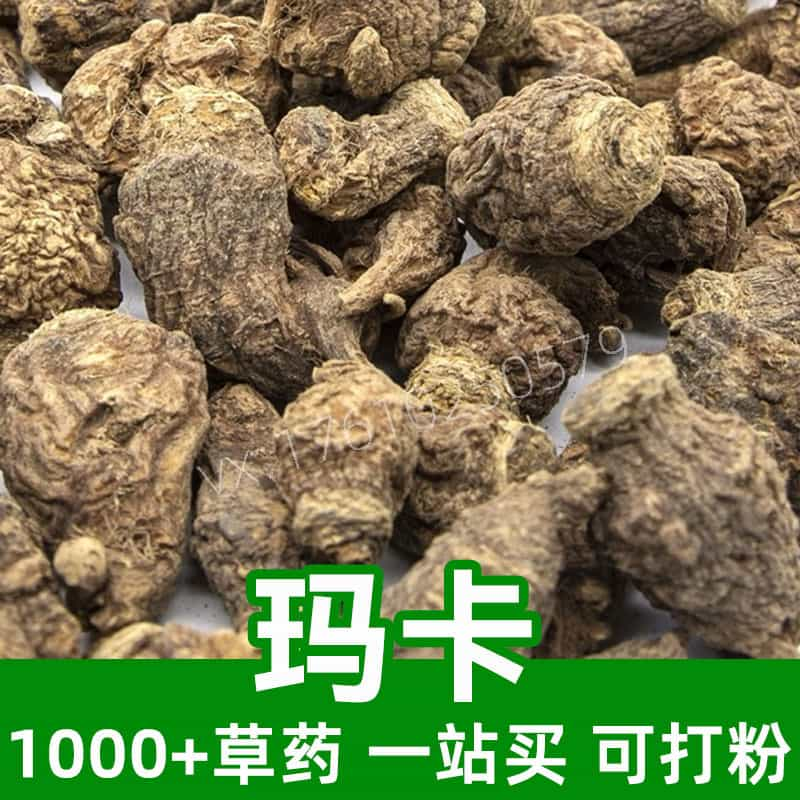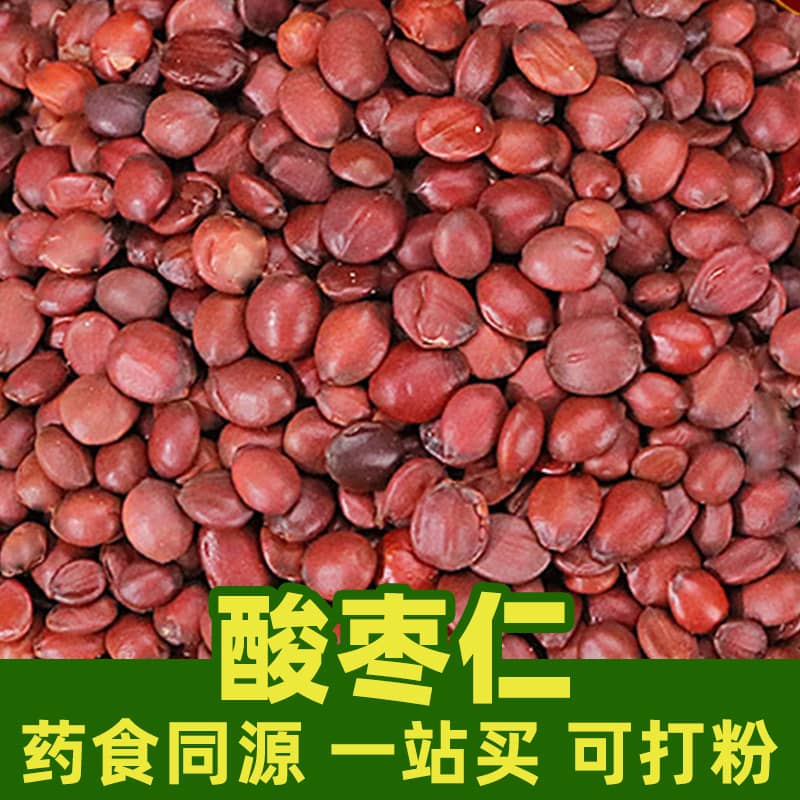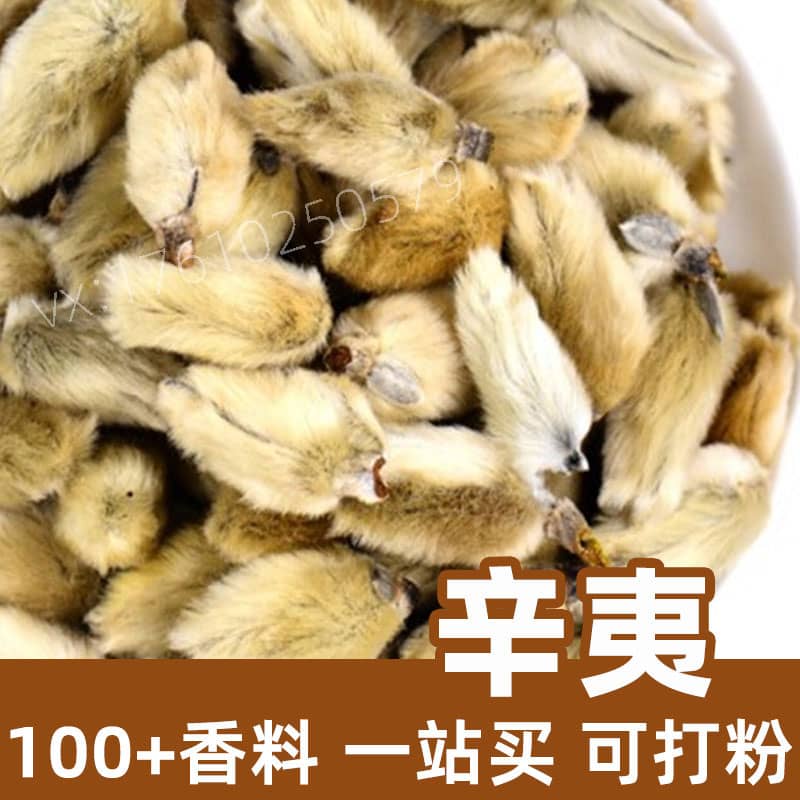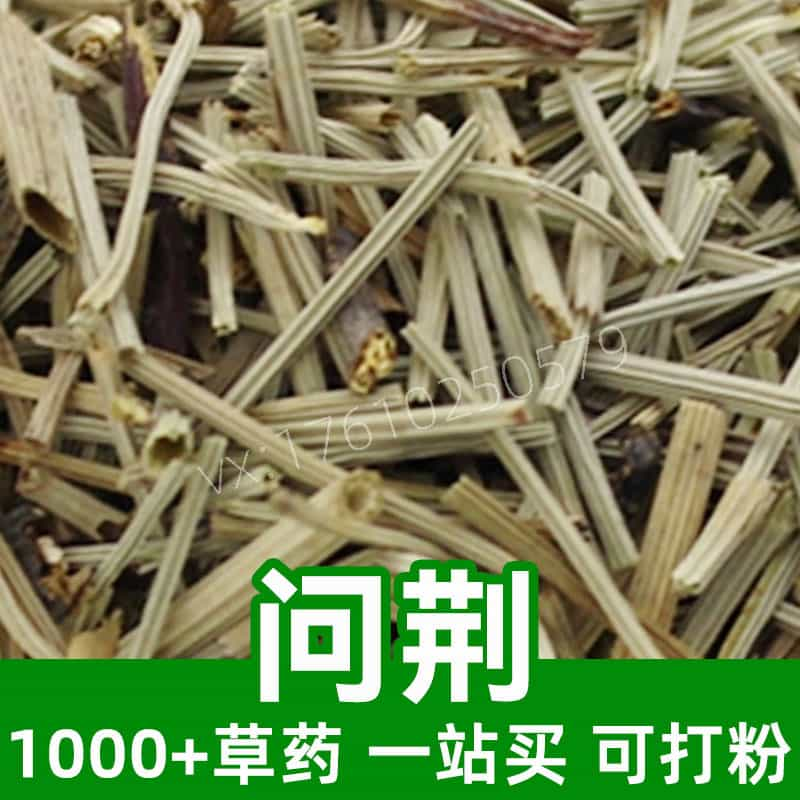Tangerine Peel Product Introduction
Tangerine peel, also known as dried tangerine peel, is a commonly used traditional Chinese medicinal material derived from the peel of tangerine fruit. Its main components include volatile oil, flavonoids, bitter substances, and vitamin C. Tangerine peel has a long history in traditional Chinese medicine preparation, usually made by drying fresh tangerine peel in the sun or by baking. It has the effects of regulating qi and resolving dampness, moving qi and resolving phlegm, strengthening the spleen and stimulating the appetite, and resolving phlegm and stopping cough, and is widely applied in the field of traditional Chinese medicine. Additionally, tangerine peel is commonly used as a culinary seasoning, imparting a unique tangerine aroma to dishes. It can also be made into pharmaceutical preparations such as decoctions and pills, used to treat related diseases or symptoms.
Main Effective Components of Tangerine Peel
Tangerine peel, also known as dried tangerine peel, is a medicinal and edible traditional Chinese medicinal material containing a rich variety of chemical components, with the main effective components including volatile oil, flavonoids, bitter substances, and vitamin C.
- Volatile Oil: One of the main effective components of tangerine peel, including components such as limonene, terpinene, and hesperidin. Volatile oil has the effects of regulating qi and resolving dampness, moving qi and resolving phlegm, and has a certain regulatory effect on the digestive and respiratory systems.
- Flavonoids: Mainly include hesperidin, naringenin, etc., with antioxidant, anti-inflammatory, and antibacterial effects, helping to improve the internal environment, enhance immunity, and prevent diseases.
- Bitter Substances: The bitter components in tangerine peel, such as naringin, have the effects of strengthening the stomach and stimulating the appetite, promoting the secretion of digestive juices, helping to increase appetite and improve indigestion and other issues.
- Vitamin C: An important antioxidant, present in tangerine peel, with effects such as promoting collagen synthesis, enhancing immunity, and antioxidation, helpful in preventing colds and beauty maintenance.
These effective components endow tangerine peel with a variety of pharmacological actions, such as regulating qi and resolving dampness, strengthening the spleen and stimulating the appetite, resolving phlegm and stopping cough, removing dampness and eliminating dampness, commonly used in traditional Chinese medicine prescriptions to treat symptoms such as disharmony of the spleen and stomach, poor appetite, cough with abundant phlegm, etc. At the same time, in the food field, tangerine peel is also widely used in seasonings, adding a unique aroma to dishes.
Application Scenarios and Usage Dosage of Tangerine Peel
Tangerine peel (dried tangerine peel) is a natural product widely used in traditional Chinese medicine and food fields, with rich medicinal and edible values. The following focuses on its application in these two fields and related usage dosages:
- Traditional Chinese Medicine Application:
- Regulating Qi and Resolving Dampness: Tangerine peel has the effects of regulating qi and resolving dampness, moving qi and resolving phlegm, commonly used to treat symptoms such as spleen and stomach dampness retention, chest tightness and cough.
- Strengthening the Spleen and Stimulating the Appetite: Tangerine peel can promote the secretion of digestive juices, enhance gastrointestinal motility, helpful for strengthening the spleen and stimulating the appetite, resolving food stagnation.
- Resolving Phlegm and Stopping Cough: The bitter components in tangerine peel have the effect of expectorating phlegm and stopping cough, commonly used to treat symptoms such as phlegm-dampness obstructing the lungs, cough with abundant phlegm.
- Removing Dampness and Eliminating Dampness: Tangerine peel can remove internal dampness, effective for symptoms such as damp-heat retention, edema, etc.
- Usage Dosage:
- Decoction for Drinking: Add an appropriate amount of tangerine peel to water for decoction, take the juice for drinking, 15-30 grams each time, which can be adjusted according to specific symptoms and individual differences.
- Soaking for Drinking: Cut the dried tangerine peel into small pieces, add hot water for soaking, and drink after the water temperature cools down, which is beneficial for regulating qi and resolving dampness, stimulating the appetite, and aiding digestion.
- Food Field Application:
- Seasoning: Tangerine peel is a common seasoning, often used in barbecue, stewing soup, boiling porridge, and other dishes, imparting unique aroma and taste to the dishes.
- Tea Ingredients: Tangerine peel is also commonly used as a tea ingredient, such as in Chenpi Pu'er tea, with effects such as regulating qi and resolving dampness, clearing heat and relieving summer heat.
- Usage Dosage:
- Cooking: Add an appropriate amount of tangerine peel slices or shreds to the dishes, adjust the usage amount according to personal taste during cooking.
- Tea Making: Put a small amount of tangerine peel into the teapot, brew it into tea, and add an appropriate amount of tangerine peel each time according to the taste.
In summary, tangerine peel has a wide range of applications in traditional Chinese medicine and food fields, but attention should be paid to individual differences and medication contraindications during use, such as pregnant women and those with liver and kidney dysfunction should use it according to medical advice.
Introduction, Distribution, and Growth Environment of Tangerine Peel Source Plant
Tangerine peel, also known as dried tangerine peel, refers to the outer skin of tangerine fruit that has been dried and stored for a period of time, mainly derived from plants of the Rutaceae family. Below is detailed information about the source plant of tangerine peel, its distribution, and growth environment:
- Plant Introduction:
- Family and Genus Classification: The source plant of tangerine peel (dried tangerine peel) belongs to the Rutaceae family.
- Main Varieties: Tangerine peel (dried tangerine peel) can come from various species of the genus Citrus, including common tangerine (Citrus reticulata), Chenpi orange (Citrus reticulata Blanco var. Chenpi), orange (Citrus sinensis), etc.
- Distribution:
- Growth Area: Citrus plants are widely distributed, mainly growing in subtropical and tropical regions such as China, Japan, Southeast Asia, India, and the United States.
- Distribution in China: China is one of the original habitats of citrus, with main distribution areas including Guangdong, Fujian, Jiangxi, Hunan, Hubei, etc.
- Growth Environment:
- Climate Conditions: Citrus prefers warm and humid climates, with suitable growth temperatures ranging from 15°C to 35°C and annual precipitation of over 1000 millimeters.
- Soil Requirements: Citrus has strong adaptability and is not strict with soil requirements, but prefers well-drained, loose, and fertile soil rich in organic matter.
- Light Conditions: Citrus has high requirements for light, preferring ample sunlight, which is beneficial for the growth and development of fruits.
In summary, the source plant of tangerine peel (dried tangerine peel) is mainly distributed in subtropical and tropical regions, mainly growing in southern China and other areas. They prefer warm and humid climates and ample sunlight, have strong adaptability, and are not strict with soil requirements, which together form a good growth environment for tangerine peel (dried tangerine peel).
Harvesting, Processing, and Storage of Tangerine Peel
The harvesting, processing, and storage of tangerine peel (dried tangerine peel) are crucial for ensuring its quality and medicinal value. Below is detailed information about the harvesting, processing, and storage of tangerine peel:
- Harvesting Time:
- The harvesting time of tangerine peel (dried tangerine peel) is usually after the citrus fruit is ripe and the peel turns yellow. The best harvesting season is usually in late autumn and early winter.
- Harvesting Method:
- Use manual picking or mechanical peeling methods for collection.
- After harvesting, the tangerine peel (dried tangerine peel) should be processed as soon as possible to avoid rotting or quality degradation.
- Processing Process:
- The main processing includes drying, storage, etc.
- Drying: After harvesting, the tangerine peel (dried tangerine peel) needs to be cleaned, air-dried, or baked to make it completely dry.
- Storage: Dried tangerine peel should be stored in a sealed container or bag, placed in a dry and ventilated place.
- Storage Conditions:
- Temperature: The storage environment should be dry, with moderate temperature, and protected from direct sunlight.
- Moisture-proof and Anti-mold: Tangerine peel (dried tangerine peel) should be stored in a ventilated dry place, protected from moisture and mold.
- Anti-insect: Add a small amount of desiccant or volatile plant essential oil in the storage container to prevent insect damage.
- Storage Time:
- The storage time of tangerine peel (dried tangerine peel) is generally several months to one year, which varies depending on the storage conditions and processing technology.
The harvesting, processing, and storage process of tangerine peel (dried tangerine peel) need to strictly control environmental conditions to ensure the quality and medicinal value of the product. After harvesting, it should be processed in a timely manner, and after drying, it should be stored in a dry and ventilated place to extend its shelf life and maintain its quality.
Monica Sun is a seasoned expert in the natural raw materials industry, with over a decade of experience specializing in traditional Chinese medicinal herbs, spices, and fungi. She is skilled in the sourcing, processing, and application of these materials, emphasizing sustainability and innovation. Monica Sun has contributed to the development of high-quality natural raw materials that serve as essential components in functional foods, pharmaceuticals, and cosmetics, delivering tailored solutions to meet diverse market needs.
















